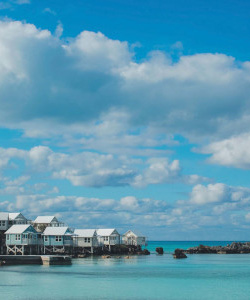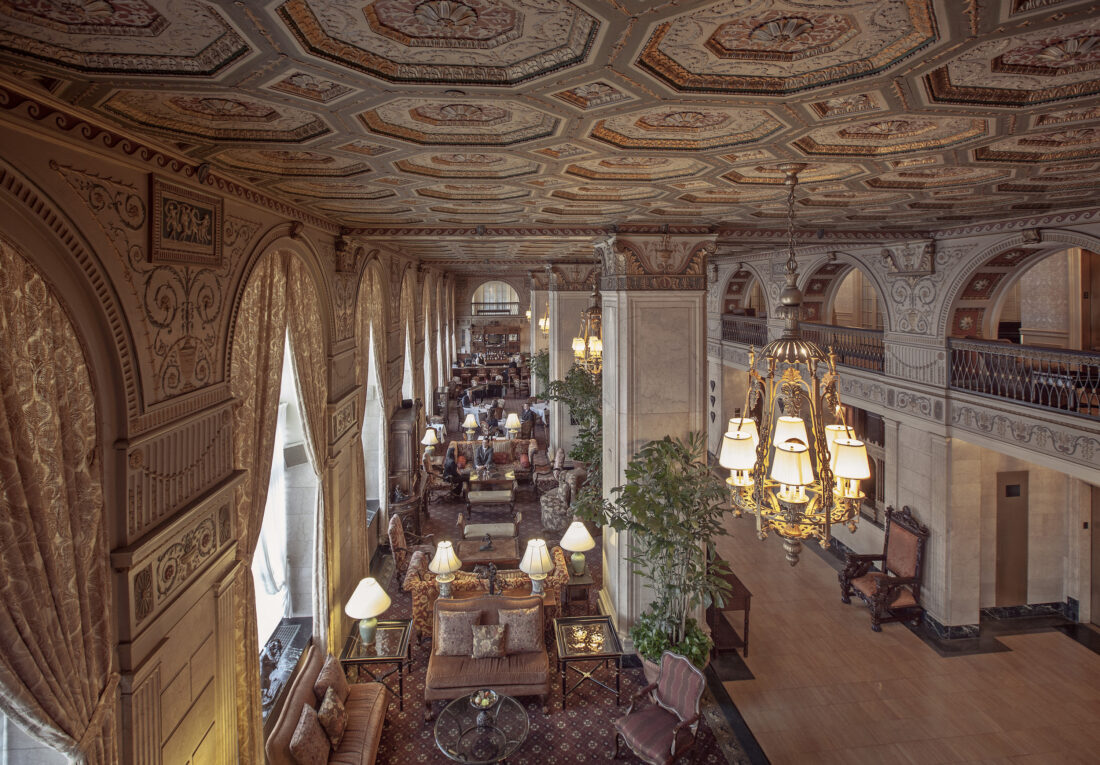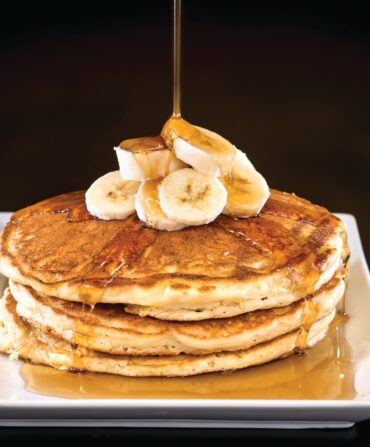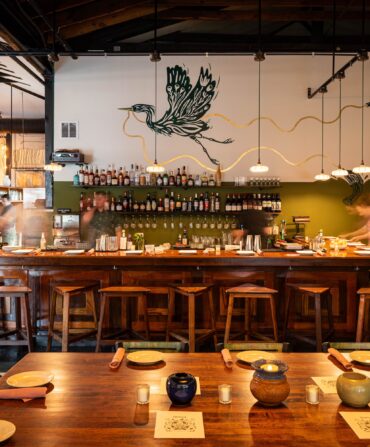In 1923, the city of Louisville was abuzz with anticipation. What newspapers were touting as “the finest hotel south of Chicago” would soon open its doors on the corner of 4th and Broadway, where its Georgian Revival brick facade soared fifteen stories. The night of October 25 did not disappoint: The Brown Hotel, designed by St. Louis architect Preston J. Bradshaw, awed visitors with its ornate glass chandeliers, lavish carpets, and the most modern of amenities of the time, like running ice water and a bath in every room. Then-mayor Huston Quin made a pronouncement to the crowd gathered outside the hotel: “Today will go down in history as a turning point in Louisville’s life.” He was right.

In the years after that party-studded opening, the slice of Louisville around the Brown got the nickname “magic corner.” Close by, in 1925, the Brown Theatre opened, followed by the Heyburn Building with its new offices in 1927, and Loew’s State Theatre in 1928. Louisville grew fast, and despite Prohibition, the Crystal Ballroom at the Brown Hotel was a hot spot.

“In the twenties, we would routinely host dinner dances with 1,200 people,” says the hotel’s present-day human resources director and resident historian, Marc Salmon. All that late-night hobnobbing made guests hungry. “When the band would take a break at midnight, people would order ham and eggs,” Salmon says. In 1926, chef Fred K. Schmidt got tired of that monotonous order and devised something more inventive using turkey, an ingredient that was just starting to be available year-round. Thus the Hot Brown was born: an open-faced sandwich layered with turkey breast, tomato, two slices of bacon, and Mornay sauce, popped under a broiler to make it warm and melty.

The hotel went through a rough patch during the Depression years; at one point owner J. Graham Brown had to plead with his employees to work without pay so the property could stay open, and they did. But the Brown and its famous sandwich scraped by, even weathering a terrible flood in 1937. During World War II, the city boomed with the influx of soldiers from nearby Fort Knox. “When the war was over, 4th Street was complete bedlam,” recalled then–desk clerk Boots Walker Frederick in an oral history of the hotel. “It was as if the street came into the Brown to celebrate.”
Over its many decades, the Brown Hotel played host to Harry Truman, Elizabeth Taylor, Joan Crawford, Muhammad Ali, Jimmy Carter, George H. Bush, and Barack Obama. Last year it celebrated its centennial anniversary, and this year it’s welcoming guests celebrating the 150th running of the Kentucky Derby. In honor of the event, the lobby is decked out with 150 roses, and a milliner named Madame Foo Foo will set up shop with last-minute Derby hats on the Thursday before race weekend.

Though the hotel has undergone renovations and upgrades, it has held on to its historic charm. “We are most famous for the grand details in our two-story lobby—the marble floors, chandeliers, and the hand-painted plaster ceilings,” Salmon says. Two of the Brown’s most famous public rooms—the Crystal Ballroom and the Blue Room—still welcome partygoers, and Hot Browns abound at breakfast, lunch, and dinner at both the Lobby Bar & Grill and J. Graham’s Café. “It is truly a decadent dish,” Salmon says. “It arrives sizzling in a ceramic skillet, and it lives up to the expectations.”








